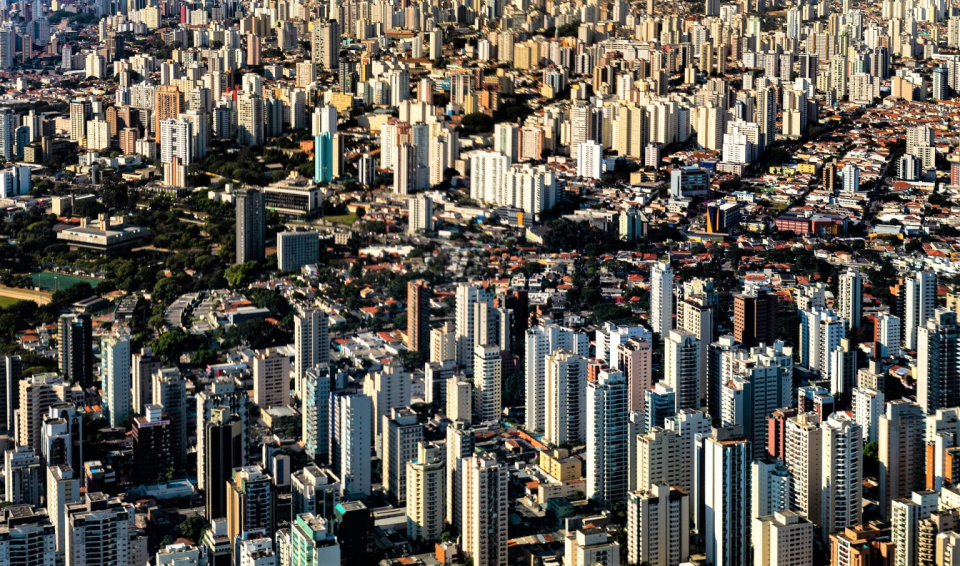Published on 31 May 2022
It is expected that by 2100, 46 cities in the tropical regions of Africa, the Middle East and Asia will be classified as megacities. “Megacities are urban areas inhabited by more than 10 million people,” explain the researchers.“ There are currently only a dozen of these cities, most of which are in India. The population growth rate is astounding – between 1% and 31% per year.”
Long-term monitoring of atmospheric chemistry
“This evolution has an impact on the health of these cities’ inhabitants,” says Dr Martin Van Damme from the ULB, who works as a bioengineer in the SQUARES department (spectroscopy, quantum chemistry and atmospheric remote sensing). Together with two colleagues from his research centre, he took part in a study led by British scientists, which focused on the evolution of air quality in fast-growing tropical cities.
“Air pollution in these urban areas is three times higher than in the rest of the tropical countries,” he explains. “Having a good analysis of the situation available and knowing the evolution of these past few years allows us to better predict the health of urban populations. The more pollution there is, the greater the risk of developing cardiovascular disease, for example. Monitoring the evolution of air quality over the long term enables us to estimate the evolution of both morbidity and mortality linked to this air pollution. And it allows us to take certain measures.

São Paulo, a 12.4 million people tropical metropolis in Brazil
Influences on the weather
This increase in air pollution is primarily due to biomass burning and industrial activity. In tropical Africa, atmospheric pollution is also influenced by natural sources, such as dust from the desert and the use of solid fuels.
According to the researchers, “seasonal meteorological variations also affect air quality, particularly in West Africa and India. South-westerly winds and heavy rainfall during the monsoon season disperse the pollution and wash it away. However, during the dry season, the stagnant weather pattern tends to cause pollution to accumulate.”
To measure the extent of this phenomenon, the scientists studied data sets from instruments carried by different satellites between 2005 and 2018. They examined the evolution of the levels of fine particles, nitrogen oxides and volatile organic compounds such as formaldehyde.
Supported by three tools from space
“More specifically, we provided the British team with our data on ammonia emissions, which was gathered by the IASI tool,” explains Dr Van Damme, representing the ULB and the Royal Belgian Institute for Space Aeronomy.
The infrared atmospheric sounding interferometer (IASI) has been carried by the Metop satellites since 2006. These EUMETSAT satellites monitor the Earth from a polar orbit and measure a series of parameters such as the atmospheric temperature and humidity, as well as the presence of multiple chemical compounds. “That includes ammonia emissions,” adds Dr Martin Van Damme. “The analysis of these pollutants actually formed the basis of the study led by our peers from University College London.
The European instrument GOME-2 (Global Ozone Monitoring Experiment-2), also on board the Metops, provided data concerning formaldehyde and nitrogen dioxide, while the American instrument MODIS gathered information on fine particles.”